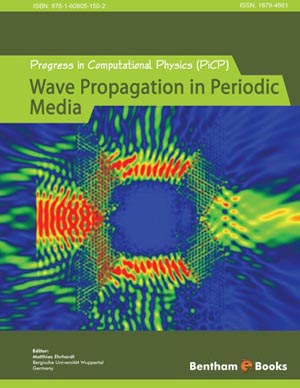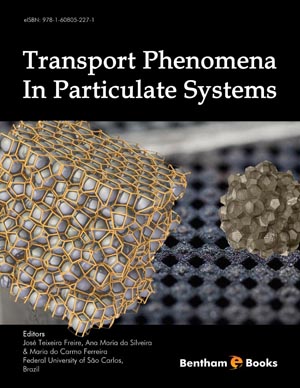Abstract
An algorithm for the suppression of the radiation and scattering fields created by vibration of the smooth closed surface of a body of arbitrary shape placed in a liquid is designed and analytically explored. The frequency range of the suppression allows for both large and small wave sizes on the protected surface. An active control system is designed that consists of: (a) a subsystem for fast formation of a desired distribution of normal oscillatory velocities or displacements (on the basis of pulsed Huygens' sources, Section 4.6) and (b) a subsystem for catching and targeting of incident waves on the basis of a grid (one layer) of monopole microphones, surrounding the surface to be protected (Section 4.7). The efficiency and stability of the control algorithm are considered. The algorithm forms the control signal during a time much smaller than the minimum time scale of the waves to be damped. The control algorithm includes logical and nonlinear operations, thus excluding interpretation of the control system as a traditional combination of linear electric circuits, where all parameters are constant (in time). This algorithm converts some physical bodies placed in a liquid into one that is transparent to a special class of incident waves. The active control system needs accurate information on its geometry, but does not need either prior or current information about the vibroacoustical characteristics of the protected surface, which in practical cases represent a vast amount of data. Joint suppression of radiating and scattering field by a coating of controlled thickness is considered. The problems of suppressing the sound field generated by a vibrating body in a liquid are considered in another representation too. For solving these problems, an acoustically thin active coating with a real-time thickness control is proposed (Section 4.8). The coating should be placed directly on the surface of the body to be protected. Solutions to the problems of suppressing the radiation and scattering of sound by a body are obtained in the general form based on linear operators, which characterize (i) the sound radiation by a vibrating surface, (ii) the scattering of incident waves by a fixed surface, and (iii) the vibroelastic properties of the body in an acoustic vacuum. Conditions ensuring the stability of the active system are formulated. Forming of directions of zero scattered by minimum tools is considered too.













